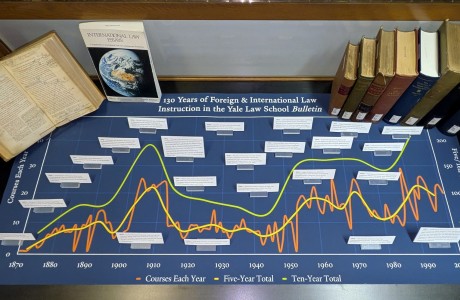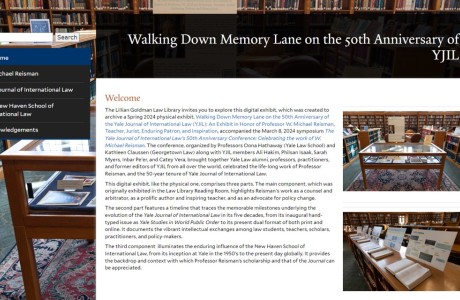Understanding and Finding UN Documents
If you are going to be looking at UN Documents, we have a number of access points for conducting research.
It is not difficult to locate a document when you already have the document symbol. You might come across a citation such as A/CONF.157/PC/63/Add.4
If you are interested in learning what the number means, you can consult the United Nations Document Symbol Guide. This guide explains how the citation is divided. Abbreviations such as “PC” and “Add.4” give important clues as to what the document will be, and also indicate there will be other related documents. More on that in a moment.
We have three databases on our A-Z Database List that provide access to UN documents. First, try the UN Official Documents Collection. Once you enter the database, search for the citation in the symbol field. You should be able to view the document in each of the six official languages. (If you Google the doc symbol you will often be directed into this database for the English translation).
When the document does not appear on the official collection database, there are two others on our A-Z list: Access UN and UNBISnet. These two indexes are also great for locating documents when you have information other than the symbol, such as the title or author.
Access UN is a good index from Readex, which publishes the microfiche. YLS has most UN legal documents on fiche, and the rest of the UN documents are often locatable elsewhere on the Yale Campus. The second index, UNBISnet, has additional features such as subject searching that are great for thorough searches.
Truncating the document symbol is a useful trick for identifying additional, related documents. Using the example above, we can see there is a “fourth addendum” to a certain document–implying there must be other documents and addenda to view. If you delete the “Add.4” from your search, you should be able to retrieve the related documents. Here is how the results from A/CONF.157/PC/63 display:

If you truncate the symbol earlier, for example at A/CONF.157, you should be able to see a host of additional information. This might be a good time to narrow the search using additional items such as keywords or subject terms.
Good luck and don’t hesitate to contact one of us.
-Ryan

